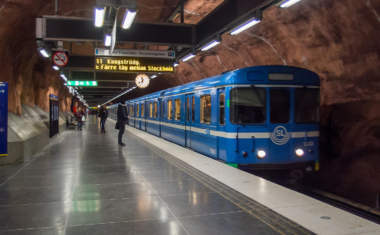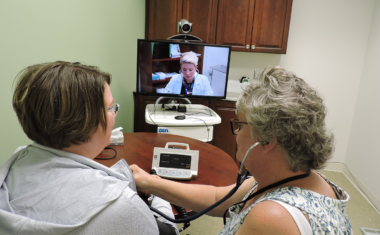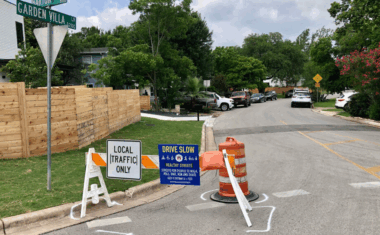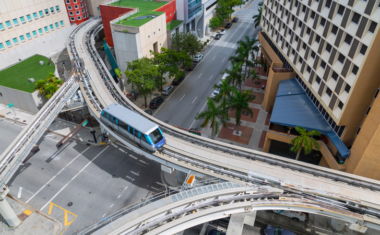Starling Crossing
- 5 min to read
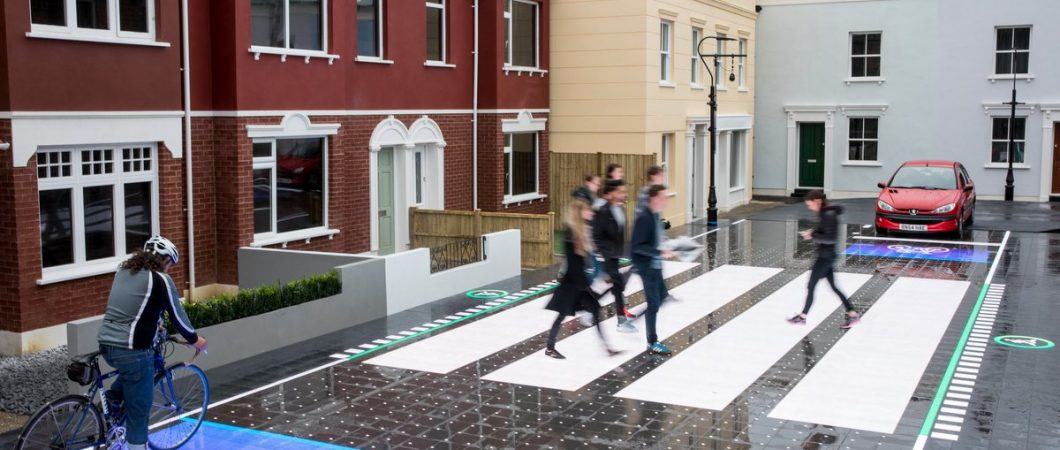
About the city. There are almost 6,400 signalled pedestrian crossings in London. This is in addition to zebra crossings and so-called informal crossings. Many crossings are located at road junctions, on some or all of a junction’s arms.
Goal
The aim of the project is to make pedestrians, cyclists and drivers safer and more aware of each other.
Implementation period. The first prototype of the Starling Crossing was installed in South London in 2017.
Fact
- The pedestrian crossing is one of the most difficult points of city negotiations, which almost everyone faces every day. However, crosswalk designs have not been updated for the ways that people use or should use on streets in the 21st century.
- According to the Transport Research Laboratory, annually in the UK at pedestrian crossings occur over 7000 accidents.
Solutions
Starling Crossing (STigmergic Adaptive Responsive LearnING Crossing) is an adaptive and responsive road surface that dynamically reacts in real-time to various conditions and is able to change the structure, layout, configuration, size and orientation of pedestrian crossings in order to prioritize pedestrian safety. The entire road surface at the crossing area is monitored by cameras and embedded in computer-controlled LEDs that are visible from all sides, both day and night.
The company Umbrella used its product called “Starling CV”, which consists of a neural network framework that allows cameras to track objects moving on the road surface, distinguish between pedestrians, cyclists and vehicles, calculate their exact location, trajectory and speed, and anticipate where they may move in the next moment.
At different times of the day and in different situations, the road can change its configuration in real-time.
Using the principles of stigmergy (for example, the pheromone traces that ants leave, attracting other ants to better paths to food sources), the Starling Crossing is able to control and adapt to pedestrian desire lines for a long time, so that, for example, if most people leaving a metro station end up walking diagonally across the road to the park entrance, the crossing can be reconfigured as a diagonal or even trapezoidal crossing with appropriate safety buffer zones.
Challenges
Starling Crossing is still a real-scale prototype, temporarily installed in a television studio in southwest London. There the designers experiment and perfect it in a controlled environment.
Team
Umbrellium (a group of architects, designers, tactical urbanists and creative technologists), UK insurance company Direct Line, design firm Saatchi & Saatchi.
If you notice an error or inaccuracy in our editorials, please email [email protected] so we can look into it.


